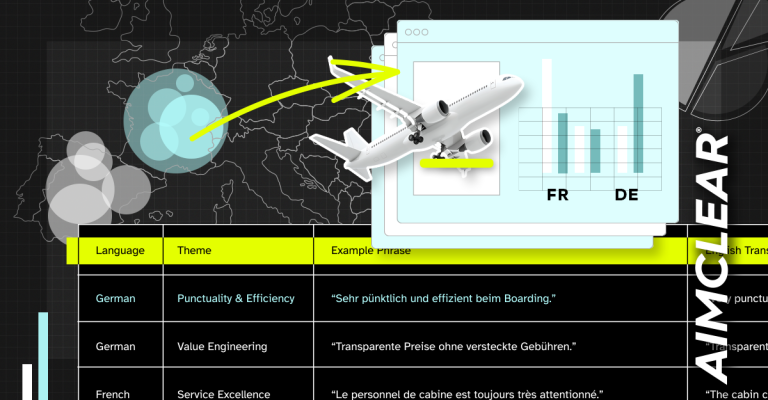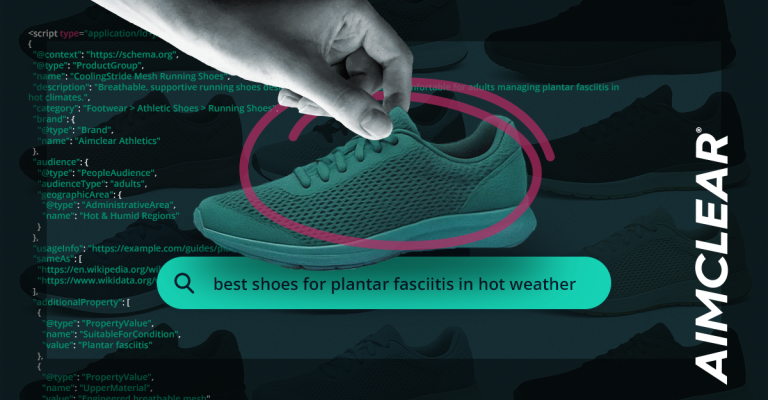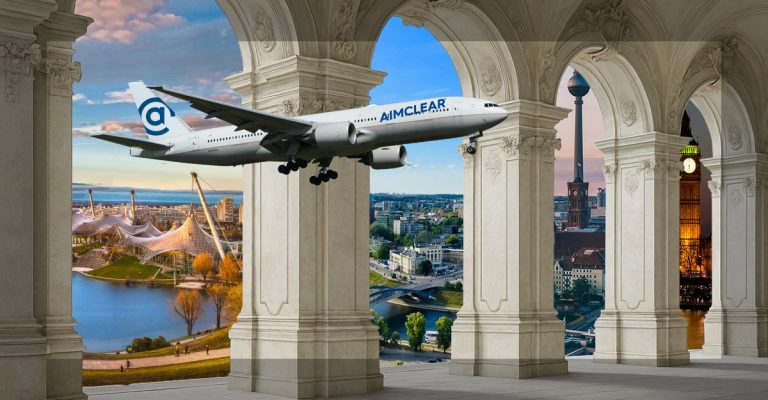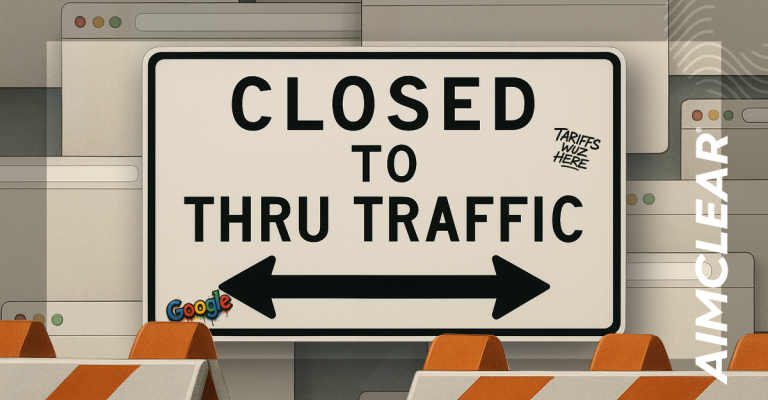Pay Per Click (PPC) marketing can be extremely effective. Think about it: the reason Google and Yahoo make so darn much money is because they sell ridiculous amounts of advertising, one click at a time. The reason real advertisers (like you) buy PPC in droves is because it can be a win-the-lottery marketing tool if wielded properly. Alternately PPC, for any number of reasons, can be a disappointment or a ramp up money pit to avoid.
As a rule, our agency’s historic conversion rates have been fantastic. Over time “fantastic” became the measure of success for us to the extent that we’re not happy about “good”or even “industry-standard results” for the product we’re selling. That’s a mistake because it leads to over promising clients who then perceive good results as poor.
There is a sane middle ground, neither feast nor famine, where the success of PPC ticks along at an acceptable and sustainable rate in terms of profit. What’s important is to keep PPC conversion expectations realistic in light of the product you’re selling and the cost of selling it in the “physical world” by traditional means.
A utterly fantastic result, albeit possible, should not be the only measure of success. We’ve learned that preparing clients to have realistic expectations is in everyone’s best interest.
PPC Works
Often PPC results eclipse physical world selling models. Even with ever growing internet marketing prices we’re used to seeing outstanding conversion historically in relation to PPC costs. However it is important to realize that it’s not necessary to have a Cinderella PPC campaign take your business from rags to riches to classify it as successful. As an SEM firm we’ve learned (sometimes the hard way) to prepare clients to be satisfied with solid, measurable, and acceptable results. Base hits, good execution of fundamentals, and hard running add up to wins just as often as homeruns do.
Don’t Get Cocky
Still, it’s easy for us to accidentally over promise the effectiveness of PPC in light of spectacular (no other word) results we’ve achieved in some product spaces. We’re used to seeing click through ratios of 2%-15% and conversion of PPC traffic-to-sales of 3%-12% for most of our case studies.
Because we come from such a successful frame of reference (which of course we mention when we court new clients) we’ve learned that preparing the client for modest success is imperative. Otherwise the client might classify a promising campaign test as a failure-when in fact the numbers were very good by industry standards for the product being sold.
Expensive Products Cost More to Sell and Take Longer.
We are in the process of testing PPC for a large client where closing one “sale” results in approximately $500,000 in annual reoccurring revenue for at least several years. At first look, given our typical high conversion ratios, the test looked like a bomb even to us.
However, after researching industry-standard conversion ratios (by interviewing a high level executive with years of corporate experience selling this exact class of products) we learned that our conversion ratios actually exceeded reasonable expectations for the industry as a whole. Because we prepared the client psychologically for higher conversion ratios (based on our agency average), we now need to go back and explain that the test actually yielded a qualified “win.” I once had a mentor fond of saying “It’s hard to un-ring a bell.”
Case Study for One Month (50% of campaign tested)
PPC Spend: $1690.89
CTR: .34% -3.33%
Total PPC Traffic: 494
Leads: 6
PPC Traffic to Leads: 1.2%
Leads to Sales: Unknown. The sales cycle, even for warm leads, is many weeks.
Projected Annual Results Extrapolated for Keyword Groups in Test
PPC Spend: $ 20,290.68
CTR: .34% -3.33%
Total PPC Traffic: 5,928
Leads: 72
PPC Traffic to Leads: 1.2%
Projected Annual Results Extrapolated for All Keyword Groups Including Those Untested:
PPC Spend: $ 40,581.36
CTR: .34% -3.33%
Total PPC Traffic: 11,856
Leads: 144
PPC Traffic to Leads: 1.2%
Reality Check
When I showed this case study to a nationally respected Web Communications Project Manager for a multi billion dollar corporation operating in a field of endeavor related to my client’s product, he was astonished that I was bummed out. He explained that landing page conversion ratios for selling this type of product rarely exceed 1% and that our test was a success right out of the chute. He went on to explain that successfully harvesting leads for a product which is that expensive can cost hundreds or even thousands of dollars per lead!
12% Rule
Traditional marketing folks usually believe that advertising expenditures should be (at minimum) 1/12th of revenue gained. Assuming the average residual cash flow for selling this product is 500K and the residual cash flow occurs for a minimum of 3 years (1.5 million), the expenditure to procure the lead reasonably should cost $124,500 per successful lead!
We don’t get to use the whole 125K.
Converting leads to sales requires many steps for a product this expensive and PPC is far from the only cost. However, one characteristic of PPC is that it reduces the overall cost of harvesting leads because traffic driven to websites from keyword buys is so focused. The leads are “warmer.”
Base Hits Add Up to Runs
Within the first $1000 of “spend” we figured out advertisement hooks that work and drove reasonably priced traffic predictably in a highly competitive arena. It was hard work. We tested 12 different ad copy concepts until we found the one that works. Importantly, the promise in the sales hook is one the product can keep.
In digging down deeper into the numbers it was obvious where the campaign could be focused and the cost lowered. With what we’ve learned it’s clear that we can increase the lead-count and landing page conversion ratio-even though it’s good already. We’ve only just begun multi-variety landing page testing.
It Doesn’t Take Many Sales to Make this Scenario Profitable.
The question is, out of these warm leads, how much product can be sold. That’s where the high quality of PPC traffic following proper keyword research comes in. The leads are at least warm and often hot because resulting traffic is comprised of folks searching for exactly what this client sells. If a single product is sold (approximately .06% conversion of leads to sales) than the campaign (and associated 1.5 million in cash flow) would be considered a strong success for the cost. Also, the projected conversion numbers pre-assume that landing page conversion will not improve-when it most likely will improve.
The test is a success.
The test did not fail even though results did not rise to the landing page conversion metrics we usually experience when selling products ranging from $20 to $43,000. Preparing clients for the reality of PPC for selling very expensive products in highly competitive areas of commerce is crucial to how results are perceived. The same fundamentals of doing business apply for Internet marketing: under-promise and over deliver. Prepare the client well. Keep PPC expectations real!
PPC Blog Resources:
Cape Cod SEO
Beyond the Paid
Jonathan Mendez’s Blog
PPC Discussions
SearchQuant
SEOPittfall










